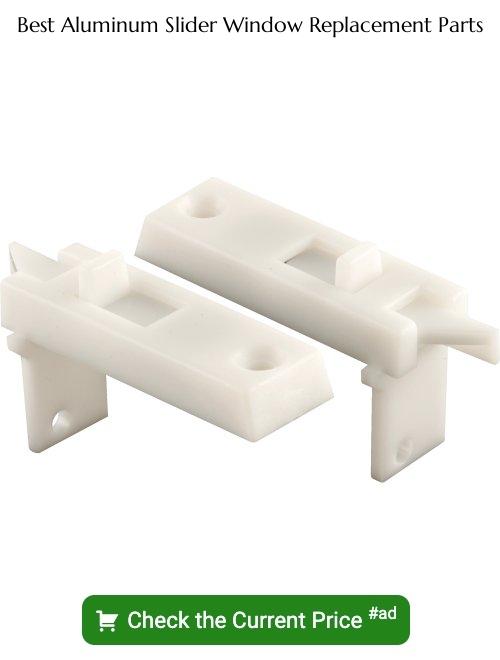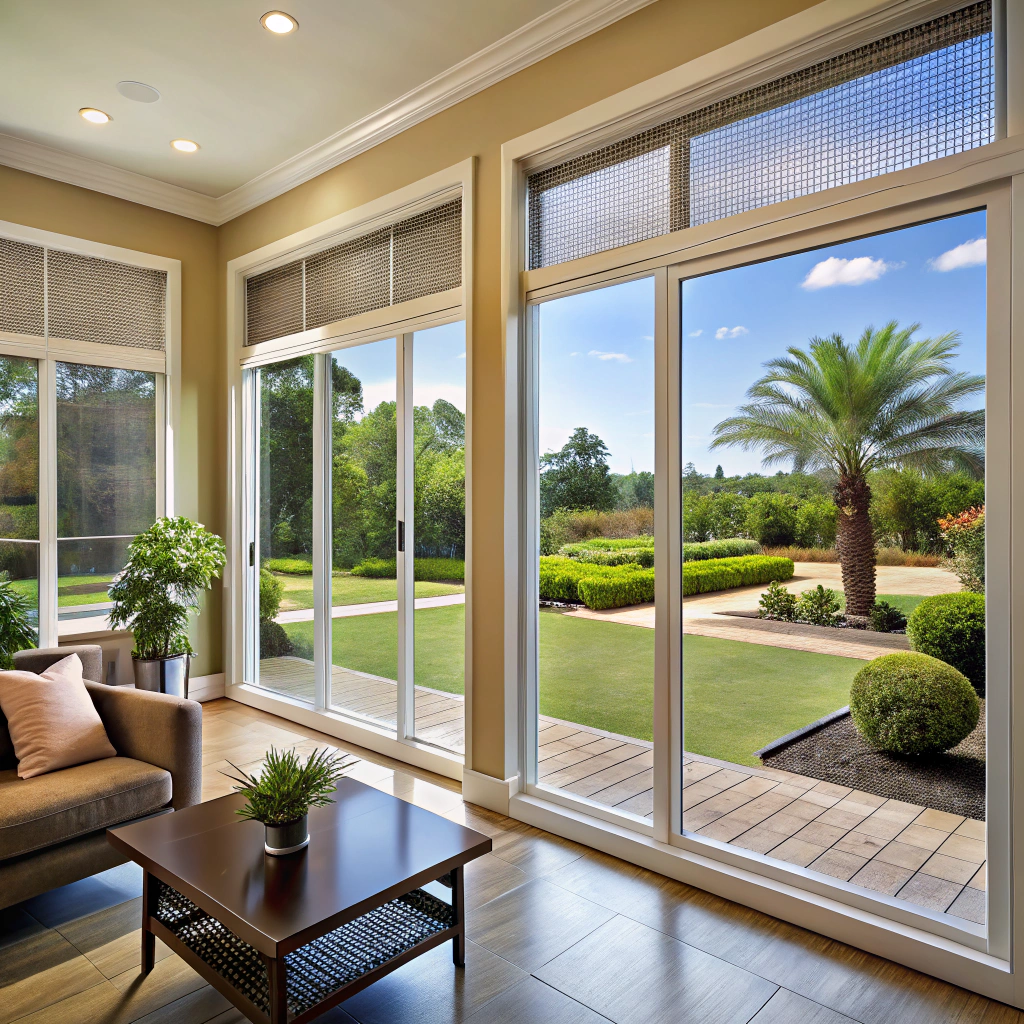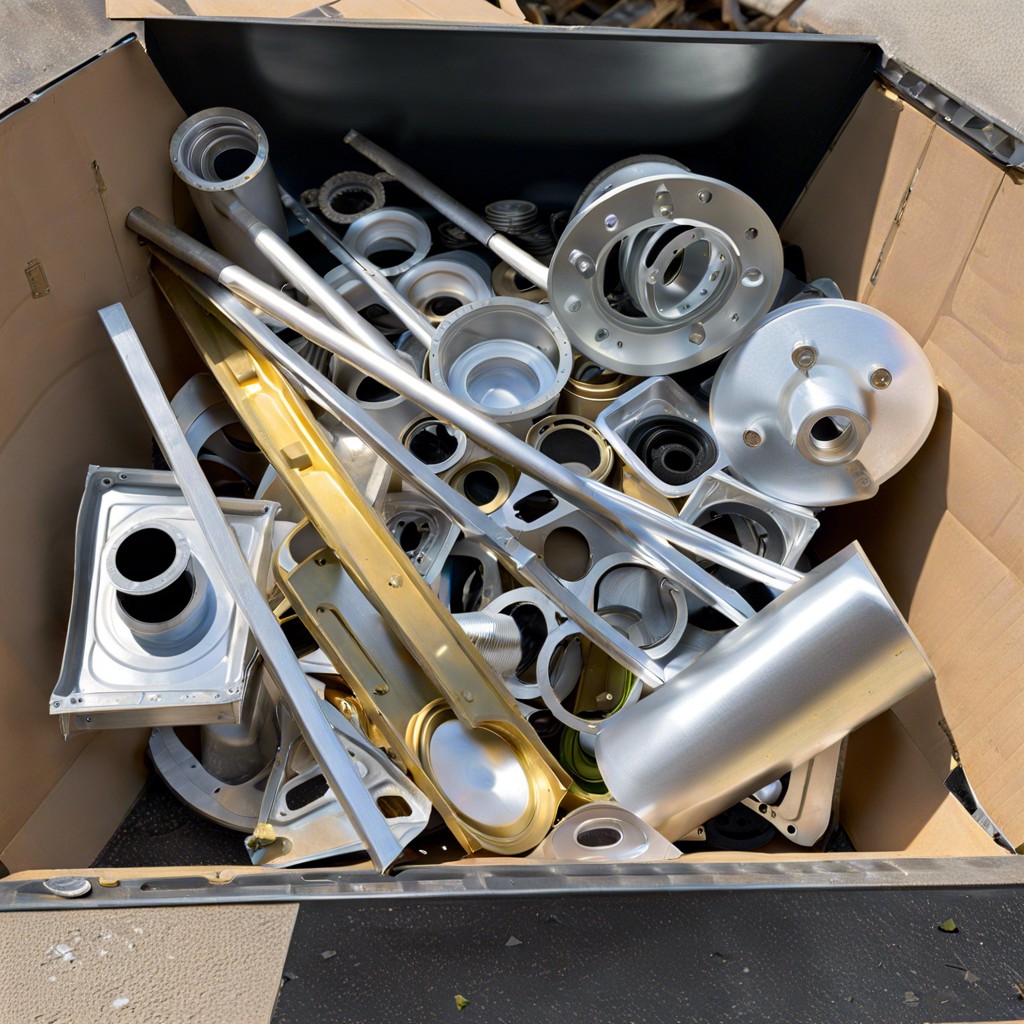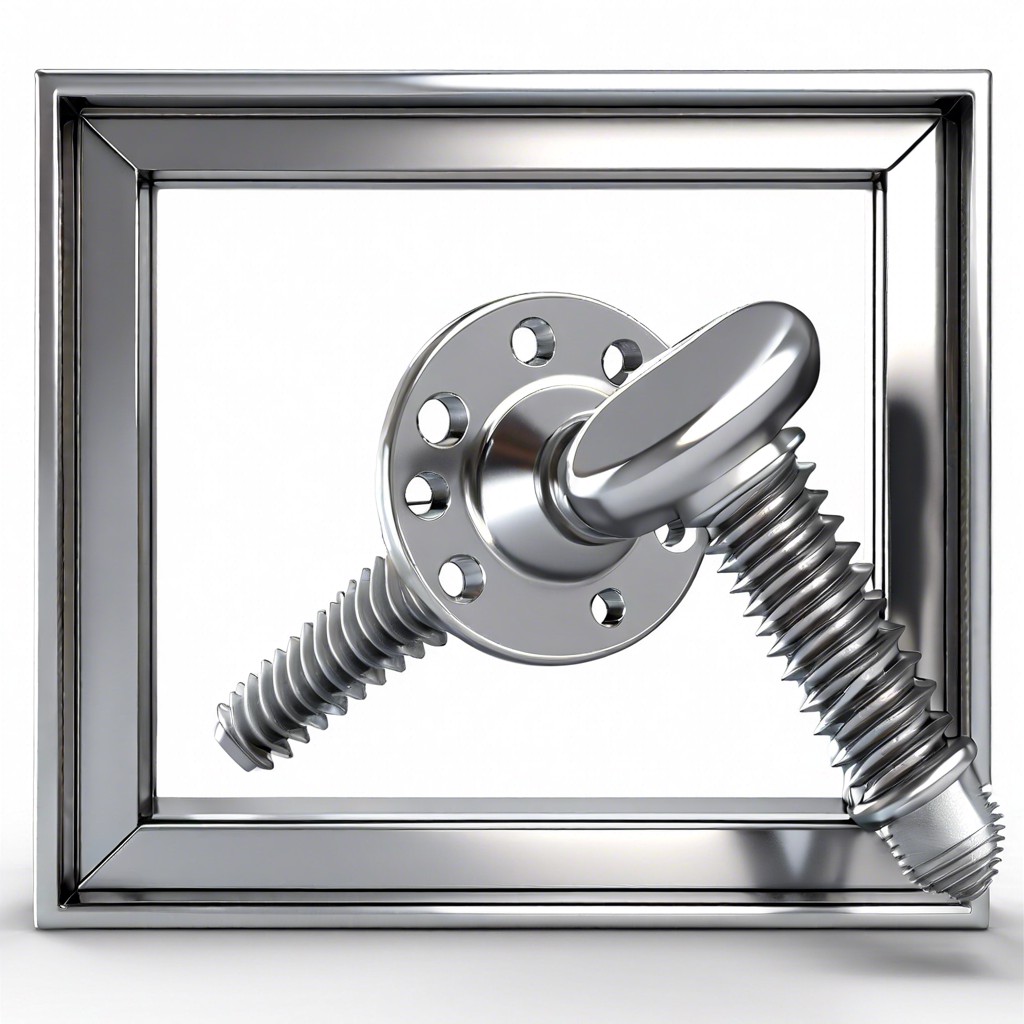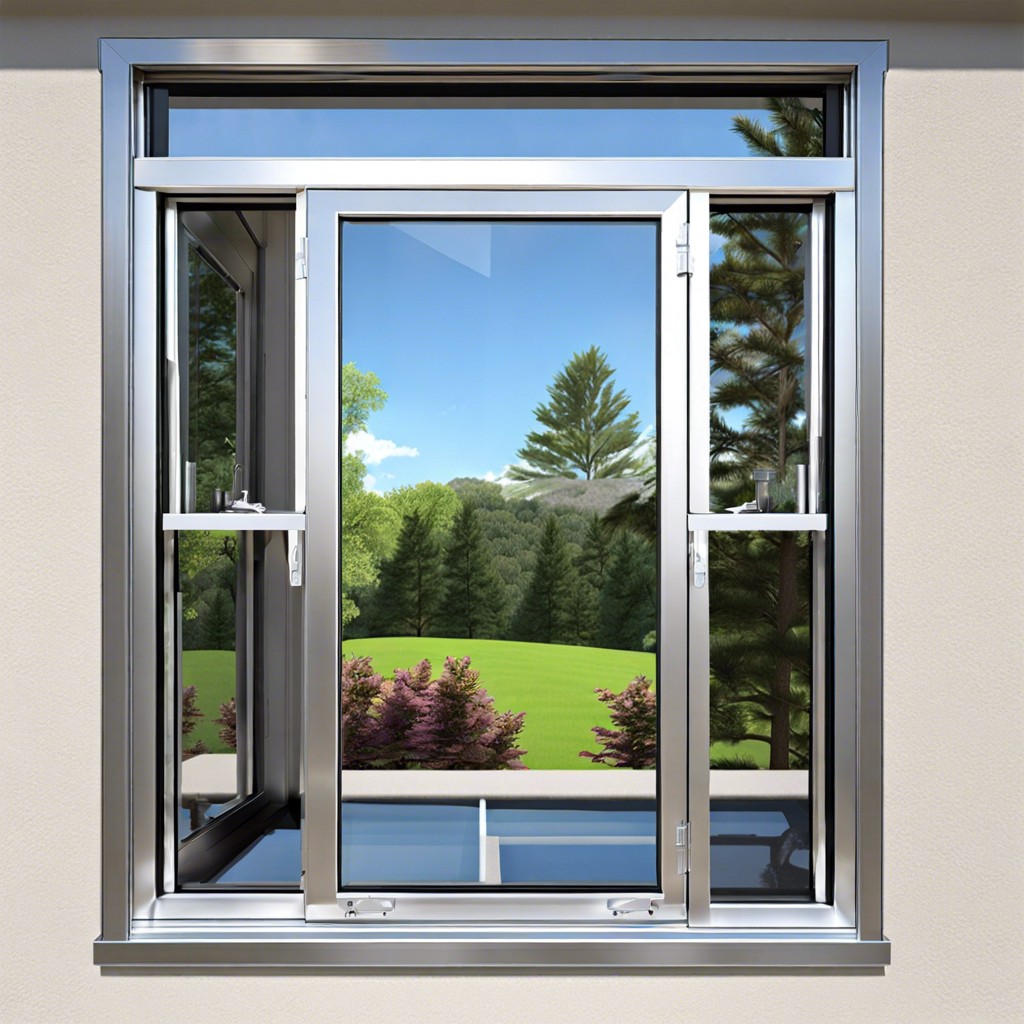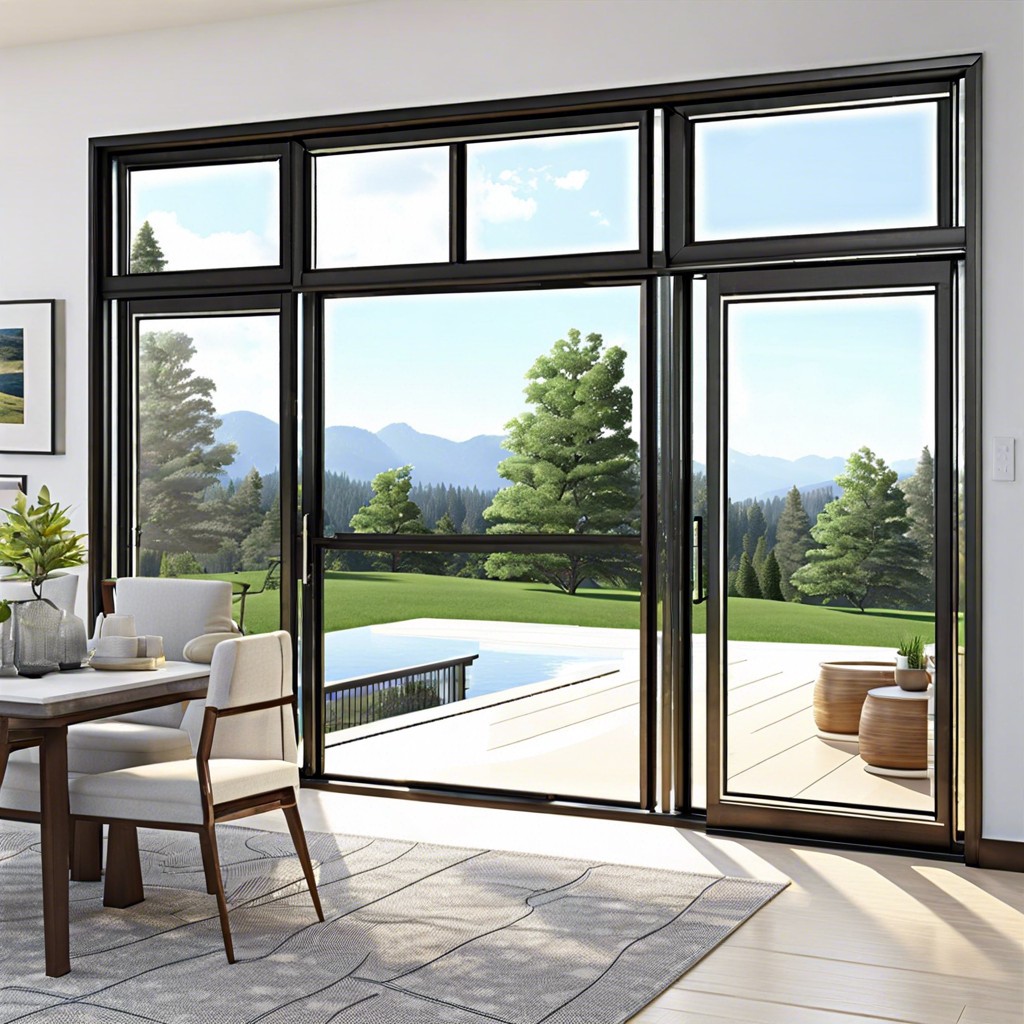This guide will detail the key components of aluminum slider windows to help you make informed purchasing decisions.
Key takeaways:
- Aluminum frames are essential for structural support and durability.
- Sash components affect window performance, including the frame, hardware, and weatherstripping.
- Clean and lubricate window tracks regularly for smooth operation.
- Locks and latches provide security and ventilation options.
- Weather seals maximize energy efficiency and reduce drafts.
Frame Components
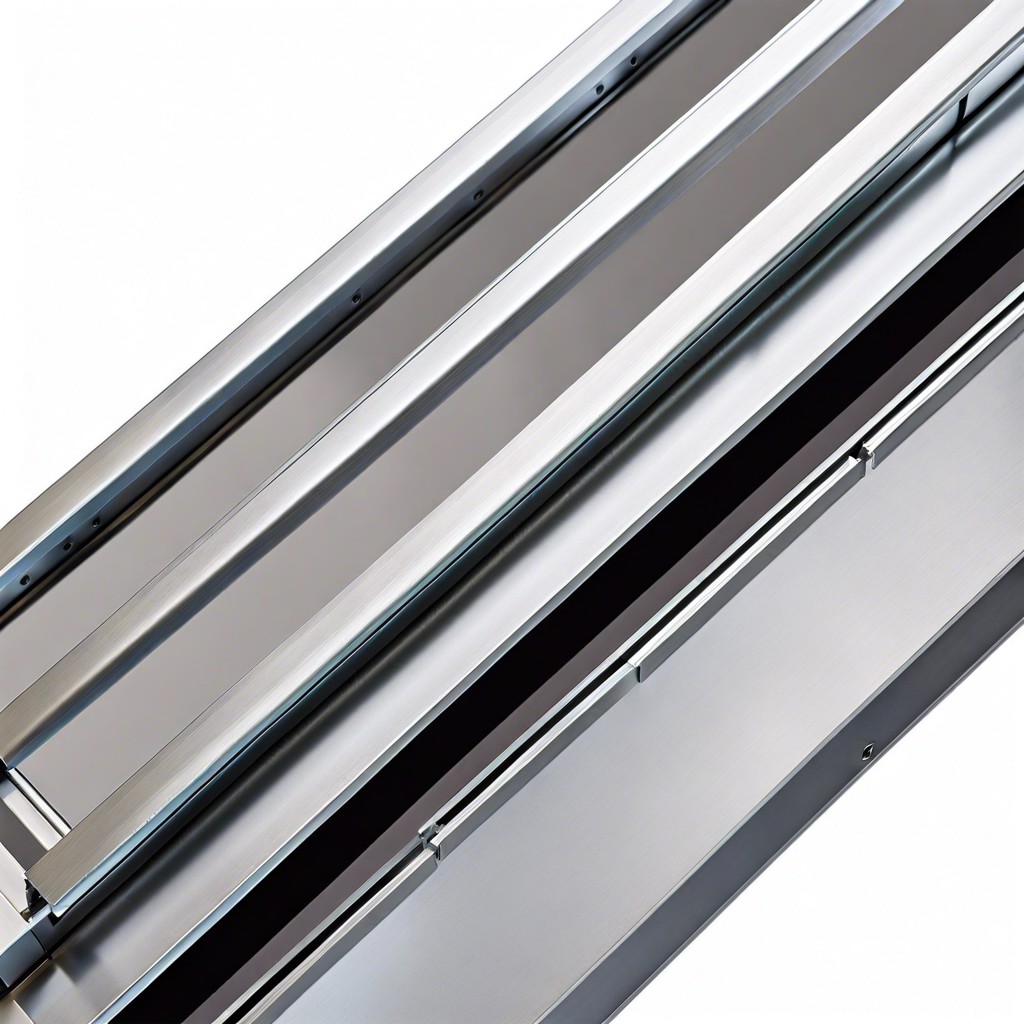
Aluminum frames are the backbone of slider windows, providing structure and supporting the entire assembly. These frames consist of the head, jambs, and sill.
- Head: The top part of the frame, it spans the width of the window and supports the upper sash.
- Jambs: Vertical sides of the frame that guide the sash as it slides open or closed.
- Sill: The bottom part, parallel to the head, where the sash rests when closed.
These components are crucial for the durability and functionality of the window. They are designed to resist corrosion and withstand various weather conditions, making them a reliable choice for many homes.
Sash Components
The sash of an aluminum slider window is essentially the part that moves; it’s where the glass is secured. It plays a vital role in how the window functions and affects both its performance and durability.
The primary component of the sash is the frame, which holds the glass pane. It’s crucial for providing structural support and integrity to the window. Additionally, it usually features mechanisms for fastening the sash to the window tracks, thus allowing smooth sliding.
Moreover, the sash includes hardware like handles or grips used to slide the window open and closed. These are often designed ergonomically for ease and comfort of use.
Lastly, sash components often incorporate gaskets or weatherstripping. These elements are key for sealing the space between the sash and the frame, preventing air and water from entering, which helps in maintaining the indoor environment and reducing energy costs.
Window Tracks
Window tracks play a crucial role in the smooth operation of aluminum slider windows. These tracks guide the sash as it opens and closes, ensuring movement is seamless and effortless. Over time, debris and dirt can accumulate in the tracks, which may cause the window to stick or squeak.
To keep your windows functioning properly, regular cleaning of the tracks is essential. Use a vacuum with a soft brush attachment to remove loose dirt and a damp cloth to wipe away grime. For tougher buildup, a non-abrasive cleaner and a small brush can be effective.
Additionally, lubricating the tracks periodically with a silicone-based lubricant can prevent wear and enhance the smooth operation of your window. Avoid oil-based products as they can attract more dirt over time.
Locks and Latches
Security and functionality converge in the locks and latches of aluminum slider windows. These parts are pivotal in ensuring the window closes securely and maintains its position, whether fully shut or slightly ajar for ventilation.
Typically, two main types are employed: the cam lock and the latch. The cam lock engages a catch on the sash, effectively pulling it closer to the frame to create a tight seal. This mechanism is not only about security but also enhances the window’s insulation properties by preventing drafts.
On the other hand, latches might be simpler, often used to hold the window in a specific position. While they may not provide as robust a seal as cam locks, they’re incredibly effective for allowing controlled ventilation without compromising on safety.
Regular maintenance, such as cleaning and lubrication, can keep these components operating smoothly. Over time, wear and tear might necessitate replacements. Luckily, these parts are widely available and can be swapped out with basic tools, making them convenient for DIY fixes.
Weather Seals
Weather seals play a crucial role in maximizing energy efficiency and comfort. They prevent air leakage, keeping cool air in during summer and cold air out during winter. These flexible strips typically line the perimeter of the window sash.
Materials vary widely, from vinyl and rubber to foam and metal, depending on the specific needs of the window design. Over time, exposure to elements can cause these seals to degrade. Regular checks are essential. If you notice drafts or visible damage, replacing the seals can be a straightforward DIY project that significantly boosts your home’s energy performance.
Ensuring a tight seal not only cuts down on utility bills but also reduces the ingress of dust and noise, enhancing indoor living conditions.
Recap
